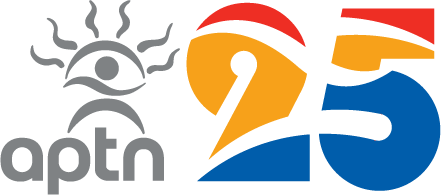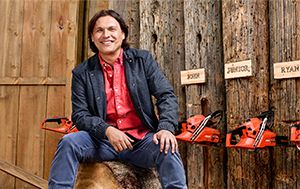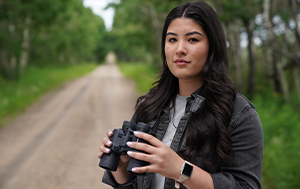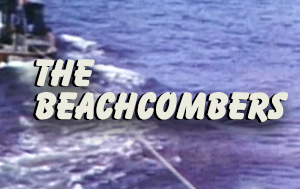
Episode 1- People of the Longhouse
Rudy prepares Jen and Jacob for their first mission of Wild Archaeology’s Second Season: The team is heading to Southern Ontario to excavate a 16th century palisaded Iroquois village at the Lawson site, the longest continuously investigated archaeological site in North America. While Jen and Jacob dig, Dr. Rudy explores the Sustainable Archaeology Lab and their high-resolution micro-CT scanner. Later the team travels to the Kayanase longhouse for dancing lessons and to learn more about the Six Nations of the Grand River.

Episode 2- Mystery of the Mounds
Rudy, Jen and Jacob journey to the Serpent Mounds, an ancient and sacred burial site on the north shore of Rice Lake in Ontario. Dr. Rudy sends Jen and Jacob out on the lake to core for clues. Chief Laurie Carr welcomes the team and shares knowledge about past excavations and the Hiawatha Nation’s fight for repatriation of the ancestors and their sacred artifacts. Back at the lab, the team helps Tynan Pringle analyse the lakebed sediment with cutting edge XRF technology to help unravel the mystery of how and when the mounds were built.

Episode 3- Diggin’ In at Snake Bay (Pt 1)
Back in beautiful BC, the team boards a ferry for the Sunshine Coast and Snake Bay. The only defensive site in shíshálh territory, Snake Bay tells a story of war and peace along the Salish Sea. Jen and Jacob dig through shell middens to uncover evidence of a village under siege. Then the team gets messy for a different kind of dig – harvesting fresh clams with elder Jamie Dixon beneath the mudflats on Snake Beach.

Episode 4- War and Peace: Sechelt B.C. (Pt 2)
Through hazy smoke blowing in from forest fires in the interior, the team digs deeper into the past at Snake Bay. Rudy, Jen and Jacob head out on the water to view shíshálh pictographs and share a song with the ancestors. Back on dry land, the team makes their way to the tems swiya museum to learn more about the 4000 year old ancestors buried at kwenten mac’wali and the advanced forensic techniques used to reconstruct their facial features.

Episode 5- Smokehouse Island (Pt 1)
The team makes their way to interior BC and the remote reserve community of Fort Babine. They’re here to investigate an exciting hypothesis: Did the ancestors of the Lake Babine Nation intentionally build an island thousands of years ago? Dr. Rudy collects micromorphology samples to analyse the island’s composition, while Jacob sifts through debitage and Jen digs for evidence in the most artifact dense place they have ever been.

Episode 6- Fort Babine Fish Weirs (Pt 2)
Rudy, Jen and Jacob visit the remote community of Fort Babine in interior BC and learn more about the significance of salmon for the Lake Babine Nation. Chief Wilfred Adam shows the team the site of their original fish weir, outlawed in 1906. The recently revived fishery at Babine is thriving, and the team has a chance to catch and prepare salmon for a feast. Rudy and Francesco examine thin sections of the island’s micromorphology under a digital microscope to determine whether the ancestors in fact created Smokehouse Island.

Episode 7- Métis of Chimney Coulee (Pt 1)
The team heads to plains country to meet Métis archaeologist Kisha Supernant at Chimney Coulee in southern Saskatchewan. Straddling the continental divide, the site is home to diverse occupations stretching back at least 10, 000 years. Kisha puts Jen and Jacob to work excavating the inside of a Métis cabin while Dr. Rudy uses ground penetrating radar (GPR) to map underground features as a digital 3D model.

Episode 8- Métis of Chimney Coulee (Pt 2)
Kisha introduces the team to Dr. Natasha Lyons, a paleo ethnobotanist investigating the plants used for food and medicine at Chimney Coulee long ago. Jen helps Natasha collect samples for analysis while Jacob learns a few words in Michif, the endangered language of the Métis people. Jen and Jacob face off in a bead finding competition to see who has the best eye for artifacts.

Episode 9- In Honour of Sitting Bull
Overlooking the valley atop Jones’ Peak, Jacob and his aunt offer a prayer to honour Sitting Bull and their ancestors who sought refuge here after the Battle of the Little Bighorn. Palaeontologist Emily Bamforth introduces the team to Scotty the T.rex and invites them to help excavate a brontothere, or Thunder Beast. Rudy, Jen and Jacob borrow horses at Reesor Ranch and ride through the scenic Cypress Hills surveying for evidence of the ancestors.

Episode 10- Île Saint Bernard (Pt 1)
Rudy, Jen and Jacob travel east to Mohawk territory and Ile Saint Bernard, a small island on the Saint Lawrence near Kahnawà:ke and Montreal, Quebec. Ile Saint Bernard is home to a range of diverse occupations stretching back 4,000 years. After digging in and exploring the island, the team journeys to a reconstructed Mohawk village in Saint Anicet to learn how to make traditional black ash baskets with elder Richard Nolan.

Episode 11- Île Saint Bernard (Pt 2)
The team tours Kahnawà:ke with Survival School teacher Dwayne Stacey, who explains the significance of the rapids for the Kanien’keha:ka, or Mohawk people. Rudy, Jen and Jacob board a white-water raft and brave the Lachine Rapids. Back at Ile Saint Bernard, Jen and Jacob dig deeper into precontact archaeology. Jacob prepares to dance the Echoes of a Proud Nation Pow Wow.

Episode 12- Qaummaarviit (Pt 1)
The team heads north to Iqaluit, and onwards from there to the remote, rocky island of Qaummaarviit to excavate the traditional whalebone winter house that would have been home to the ancestors of Inookie Adamie, Iqaluit’s oldest elder and the traditional steward of Qaummaarviit. Inuit led, this is indigenous archaeology in action. It’s also Wild Archaeology at its wildest – the team will be completely off the grid and stranded by the tides in the far north.

Episode 13- Qaummaarviit (Pt 2)
Digging deeper into arctic archaeology, Rudy finds something unexpected. The team works hard to finish excavating the qammaq. Radio chatter in Inuktitut alerts the team to action out on the water: the hunters have spotted a whale. The first bowhead hunt in decades, this is cultural revitalization in practice, and if the hunt is successful, its bones will be used to rebuild the whalebone winter house.
